The oldest pub in London - By Hidden London
The Seven Stars review: A historic pub in Holborn - By Evening Star
The Seven Stars - By Good Pub Guide
The Seven Stars, Carey Street - By Ann Laffeaty
The Brilliant Twinkle of The Seven Stars
53 Carey Street, London WC2A 2JB
Open seven days a week, except for holidays: Monday through Saturday, noon to 11 pm; Sunday, noon to 10 pm.
Gastronomic Pub Food is available during most of the opening hours. The menus vary every day, depending on availability, freshness, and Roxy's pleasure. See the pub blackboard.
Reservations are not taken.
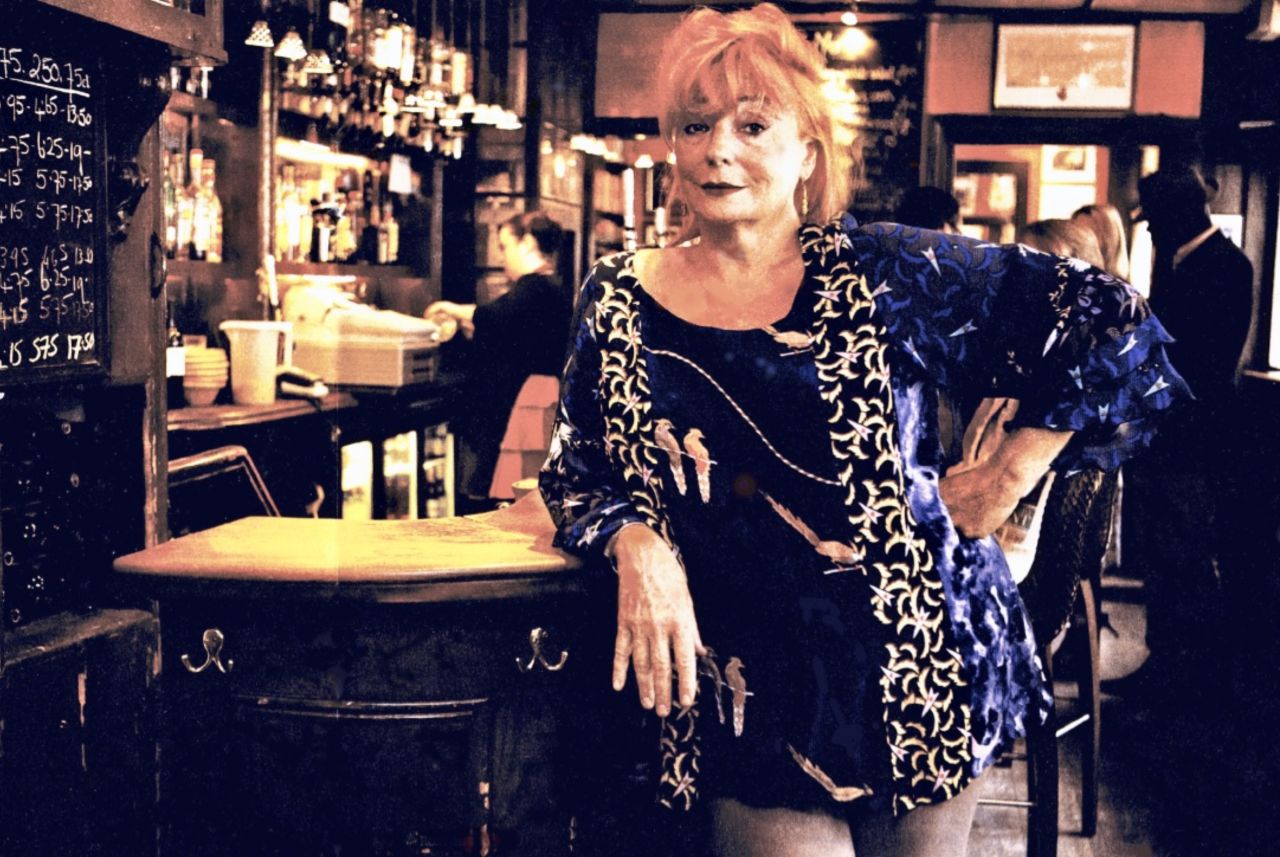
Twinkling is what stars are intended to do, of course. And its devoted attendees certainly think "brilliant" is a justifiable word to describe The Seven Stars: a perfect, ancient London boozer. Roxy Beaujolais, its legendary publican-- the Alewife For the Ages, as a pub critic has called her-- might personally be thought of as a substantial sparkler rather than a coy twinkler. So, about both, starting with the pub:
HOW ANCIENT IS THE BOOZER?
The Seven Stars, 53 Carey Street, WC2, and the building next door, Thomas More House. which contains the pub's west wing, The Wig Box, are gratifyingly old. Both structures are Listed Buildings Grade II. Indeed, The Seven Stars is one of London's oldest public houses. In credible attestations (cited below in the footnotes), it has long been held that it was built in 1602[1], the year before the last year of Elizabeth I’s reign, 1603.
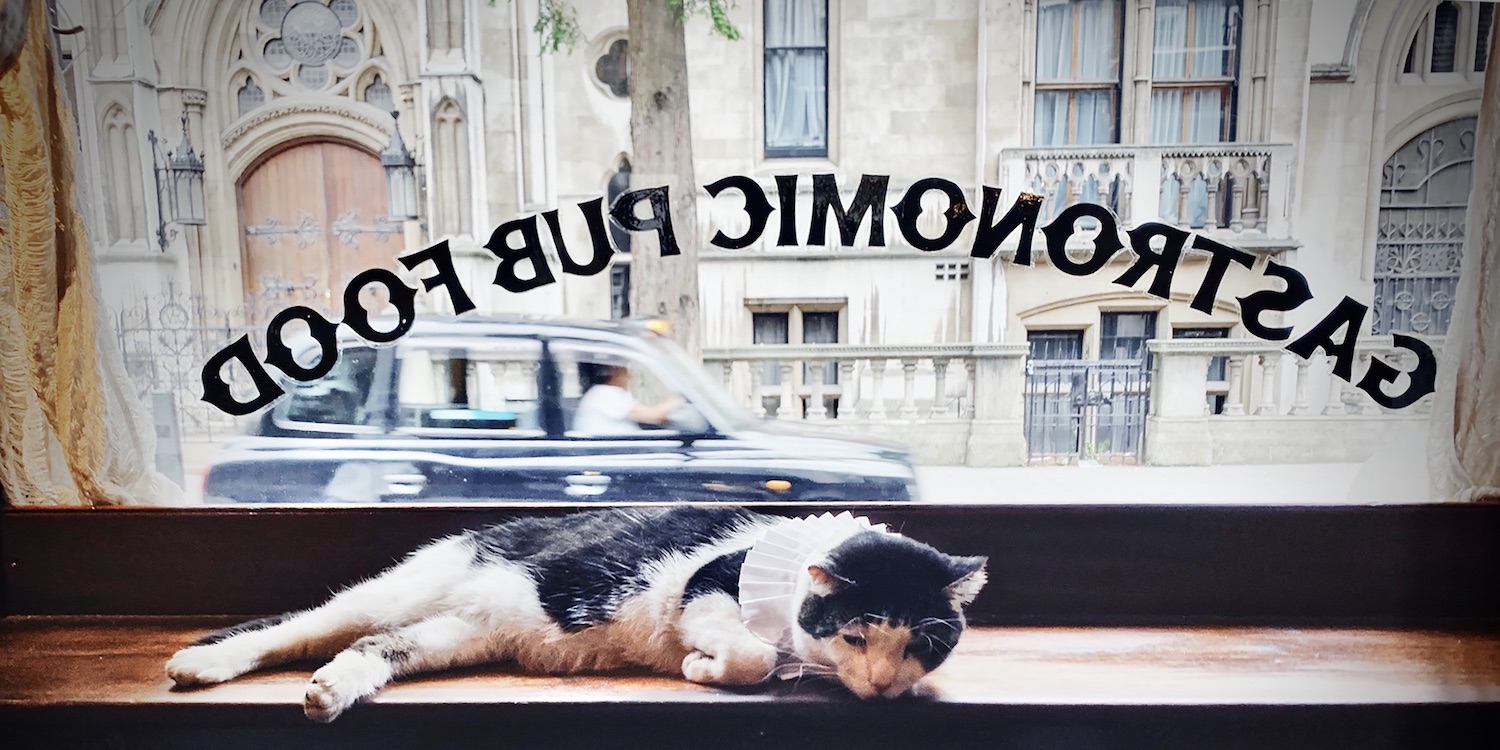
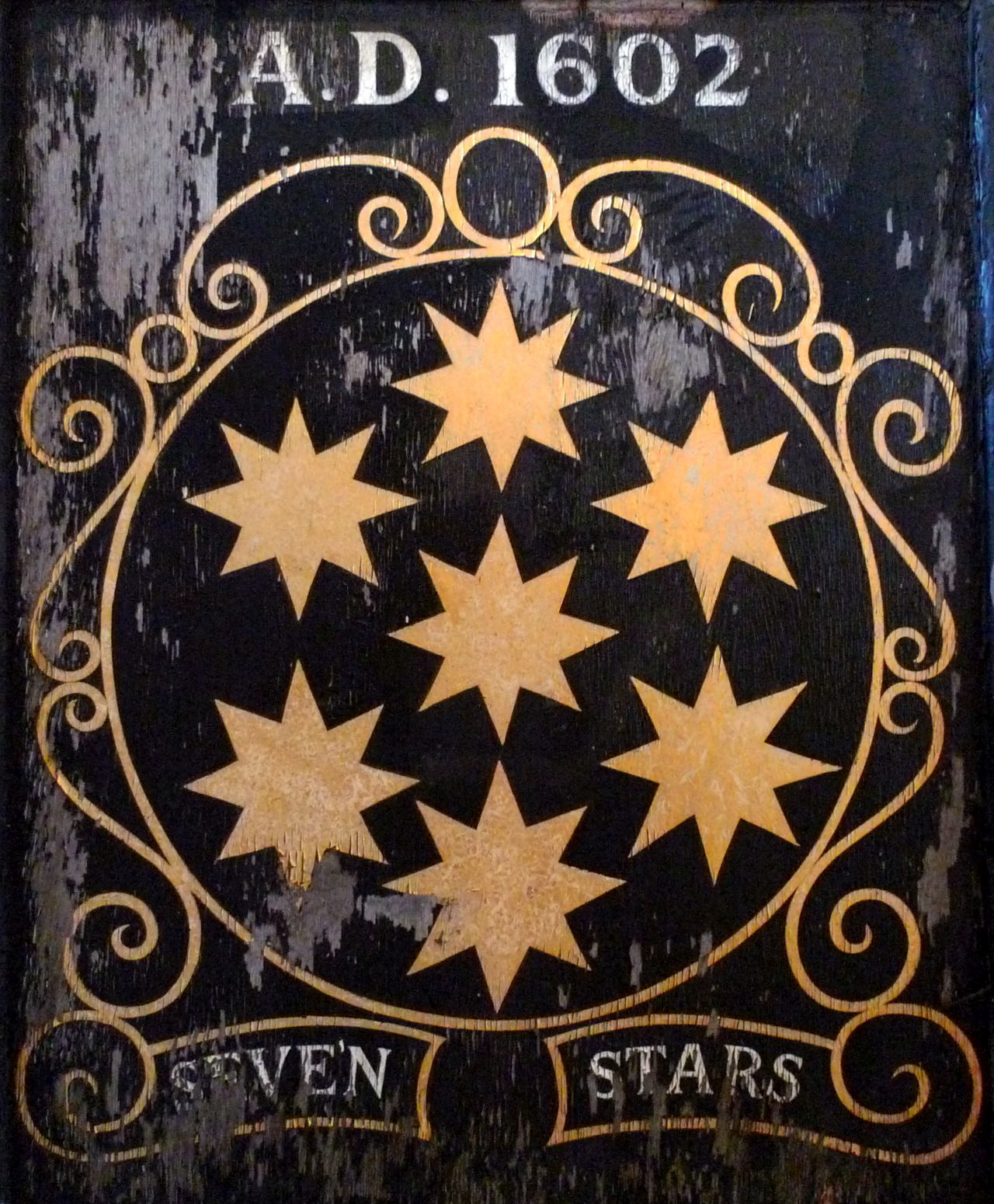
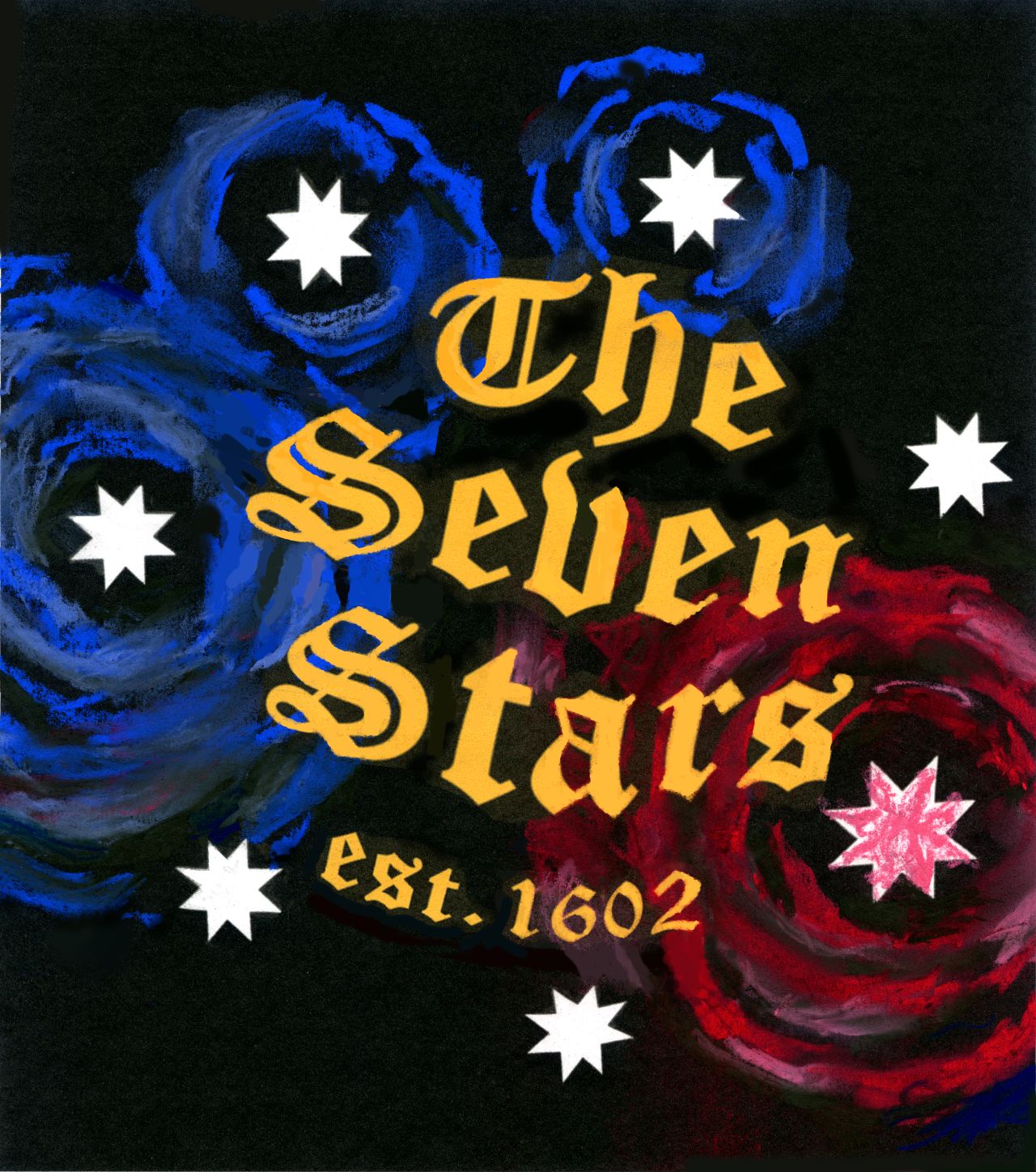
HANGING SIGN 1975 - 2015 HANGING SIGN 2015 - PRESENT
For tangible evidence upholding 1602, one needs to look within its much later brick and stucco exterior cladding, and its mostly late Victorian bar interior. Unmistakably ancient roof beams are exposed in the plaster of the sloping north wall in the upstairs kitchen. The floorboards of the first-floor passageway and the office are very old oak. Datable Tudor construction is visibly apparent in the cellar view underneath the ground to first-floor stair. When Listed Building Consent was obtained for an electric dumbwaiter that was installed in 2001, the hole cut through the first floor revealed unplaned hewn beams, an insulation packing of ancient reeds, and joined timber connections rather than nails. The most telling sign of the pub's late Elizabethan date is the characteristic historical formation of the narrow and steep stair with winder treads, from the bar to the first floor. In 2019 the pub's Elizabethan stair carcase was fitted with oak treads and oak wall linings to protect its substructure, and to delineate its glorious configuration.
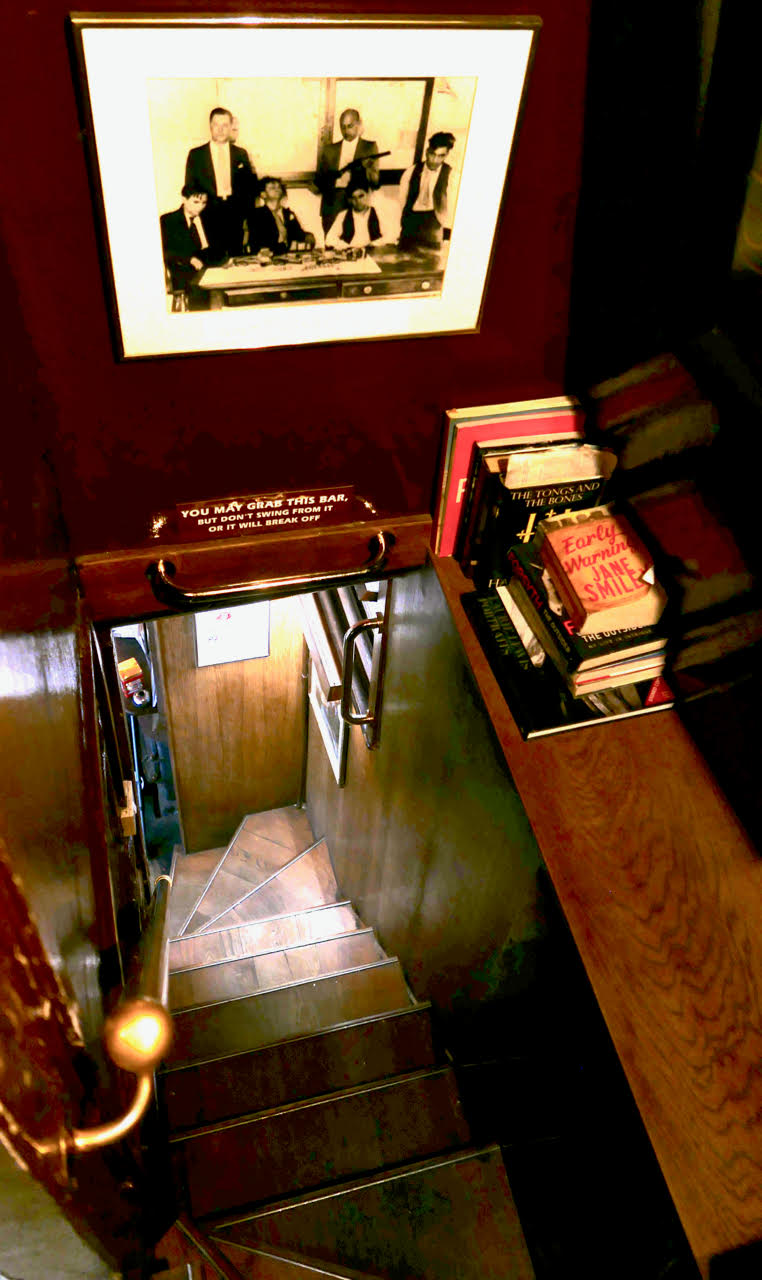
OAK STAIR CLADDING, 2019. THE UNEVEN TREADS GIVE AWAY THE UNDERLYING ANCIENT CARCASE.
Shakespeare was of course living in London at the time. He may have completed All’s Well That Ends Well and Troilus and Cressida in the year 1602, which is why the pub's exterior bears the evocatively suitable quotation from Act II Scene iv of All’s Well: “...to make the coming hour o’erflow with joy, / And pleasure drown the brim.”
Between 1608 and 1612, the year that Shakespeare retired from London, he spent his working time at the Blackfriars Theatre on Ludgate Hill, half a mile from The Seven Stars. He might have been an early customer while making his way through the medieval streets, or after traversing the Thames on a wherry.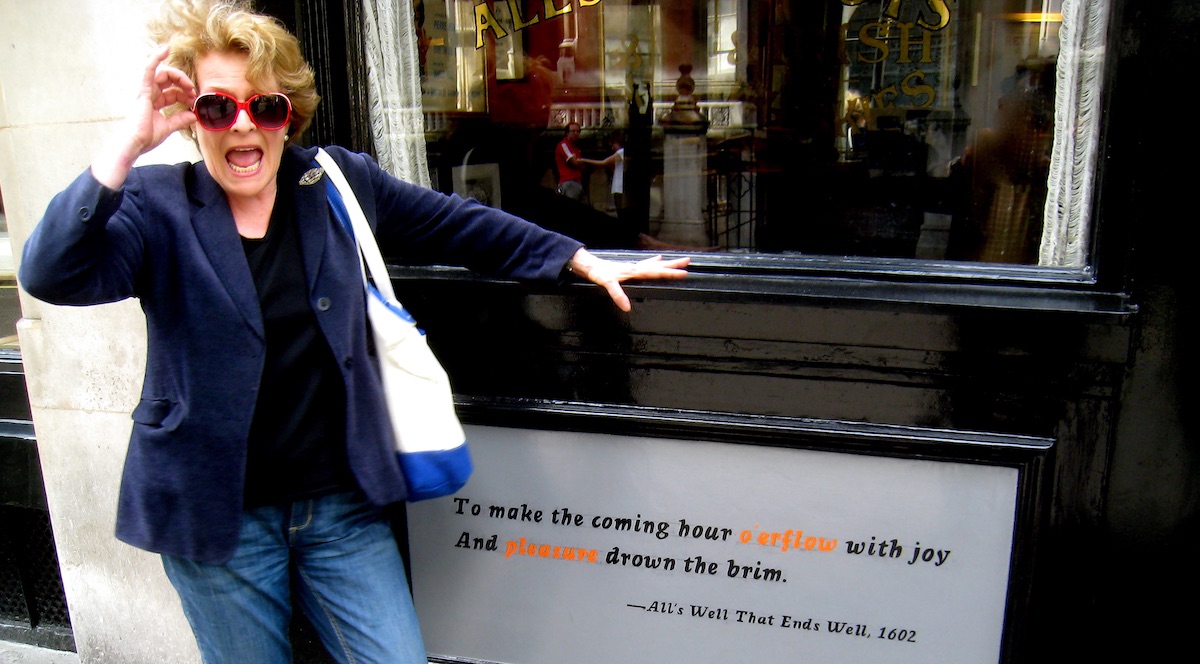
THE GRAND SHAKESPEAREAN PLAYER JANET SUZMAN, JUNE 2010
“THE LEAGUE OF SEVEN STARS”
The Thames spread widely then, with many disembarkable embankments, and even sailing barges from foreign countries could moor within easy reach of The Seven Stars. That may be why the pub’s name was originally The League of Seven Stars, as Seven Stars was a historical sobriquet for the seven provinces of the Netherlands.[2] In 1602 the first Anglo-Dutch war was still 50 years in the future, so it is plausible that the alehouse was given that name to attract custom from Dutch merchant shipmen.[3] Until highly successful Netherlands mercantilism turned Britain hostile, many Dutch settlers also came to London in the early part of the 17th century.
The website London X London, curated by Julianna Barnaby, declares The Seven Stars to be The Oldest Pub in London because it "escaped the Great Fire of London in 1666. While the fire ravaged the city and destroyed most of the buildings in the London area, a few escaped. One of those was The Seven Stars..." It's a generous thought, but to be fair about it, The Seven Stars survived the Fire of London because the fire stopped some distance away[4].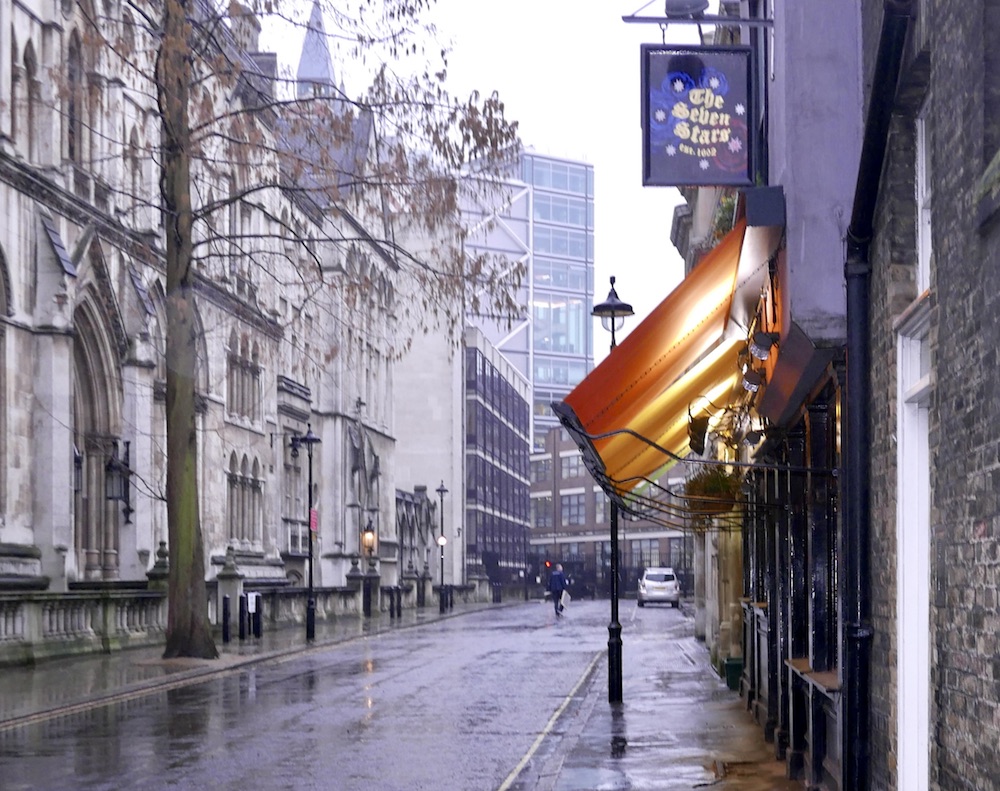
THE ROYAL COURTS OF JUSTICE OPPOSITE
This tranquil little pub now faces the back of the Royal Courts of Justice, the esteemed Gothic Revival building opened by Queen Victoria in 1882. Within The Seven Stars' ancient charm of three narrow rooms that make up its public area, drinking in Queer Street (as Carey Street has often been called because of the bankruptcy courts) is contrarily pleasant. One can linger over gastronomic pub food and real ales behind Irish linen lace curtains that are being twitched by litigants, barristers, reporters, LSE students, church musicians, and West End show brass sections. Then, one might navigate to the lavatories up the comically narrow Elizabethan stairs. There are antique Cabinets of Curiosity in the pub's front windows, and alongside Spy prints of former judges, there are posters of “Brothers in Law,” “A Pair of Briefs,” and other bygone British legal films.
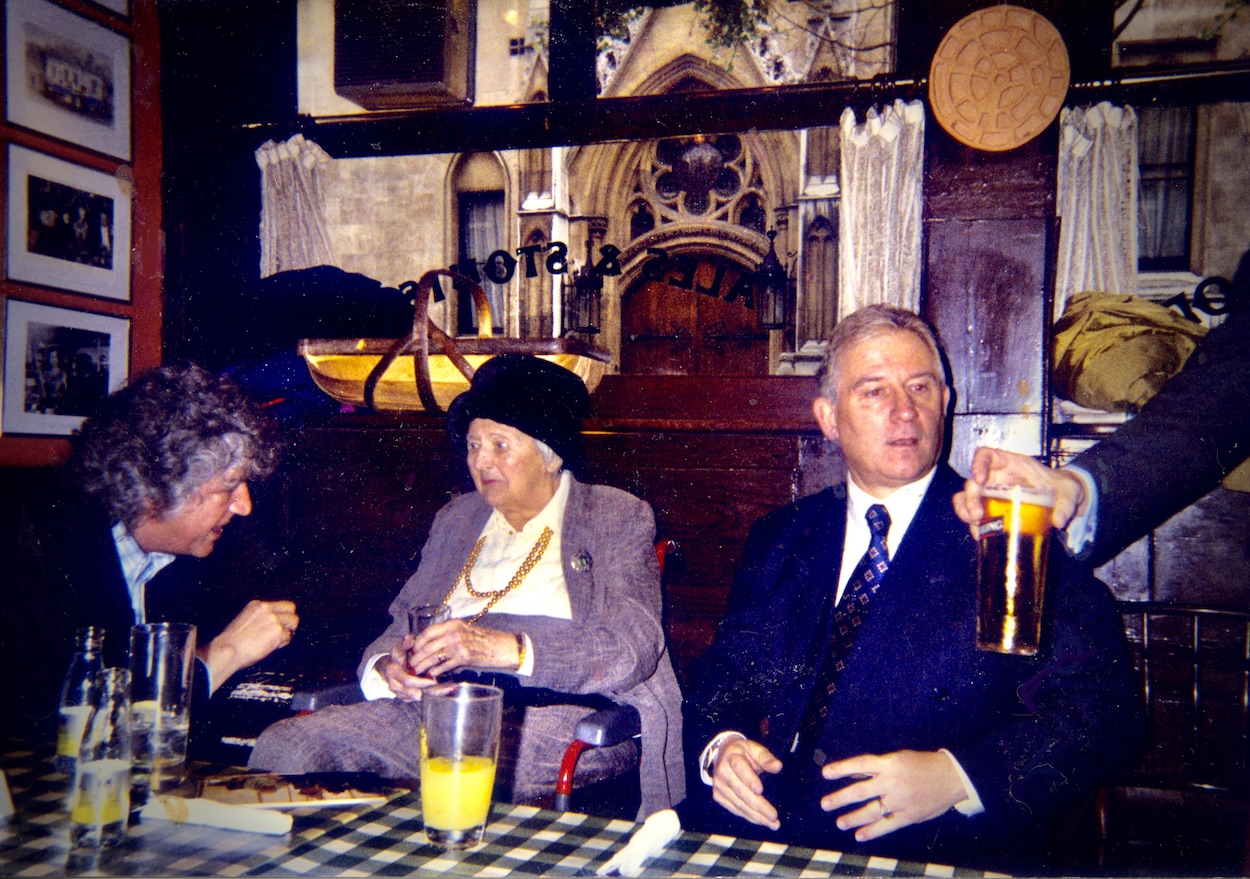
RECEPTION FOR NANCY WAKE (1912 - 2011), THE NEVER-CAPTURED "WHITE MOUSE" OF THE FRENCH RESISTANCE
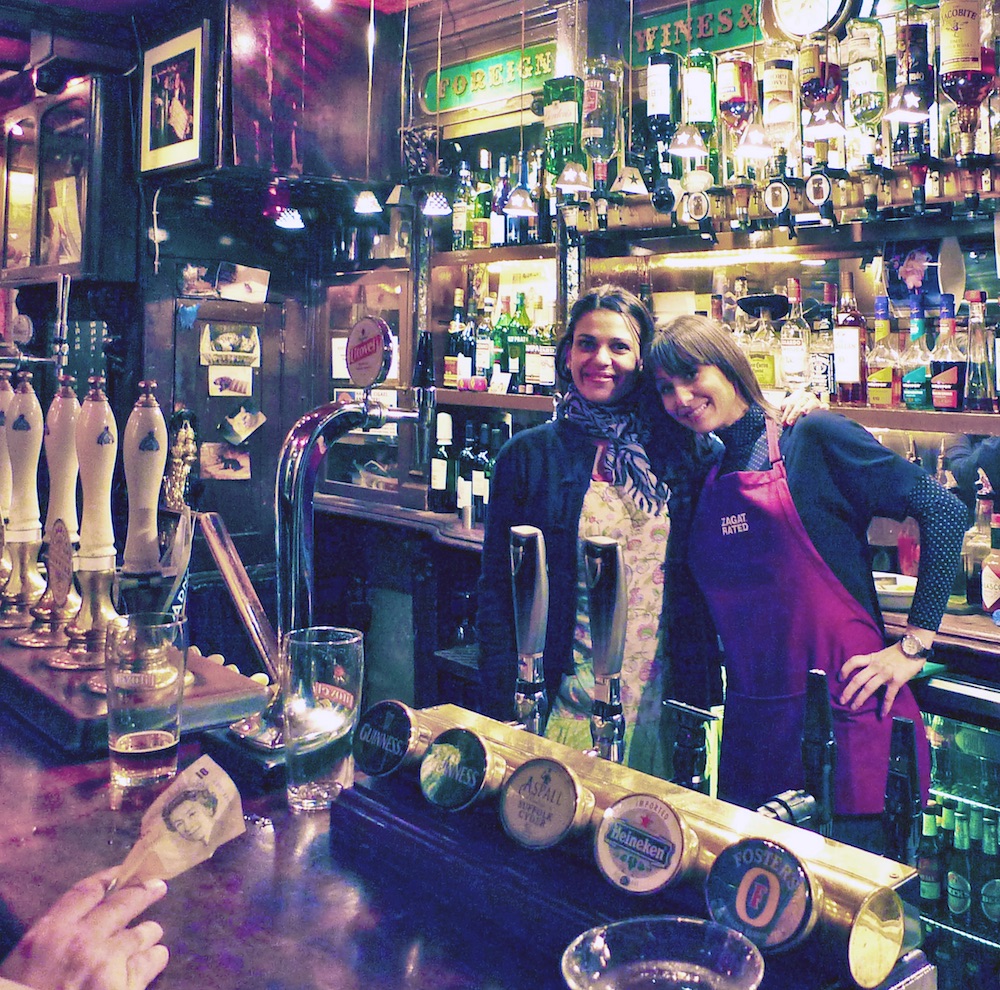
AN ALEWIFE FOR THE AGES
The Seven Stars' proprietor is Roxy Beaujolais, sometime publican in Soho, pub food cookbook author, and presenter of BBC's Full On Food. Roxy arrived in London from her native Australia in 1973, and over time moved inexorably towards committed innkeeping. After several years running the front-of-house at Ronnie Scott's jazz establishment in Soho, she cooked in the Green Room at the Barbican for the Royal Shakespeare Company's actors and crew[5], then went on to run her own private catering business, trading under the made-up name Roxy Beaujolais (as she still does).
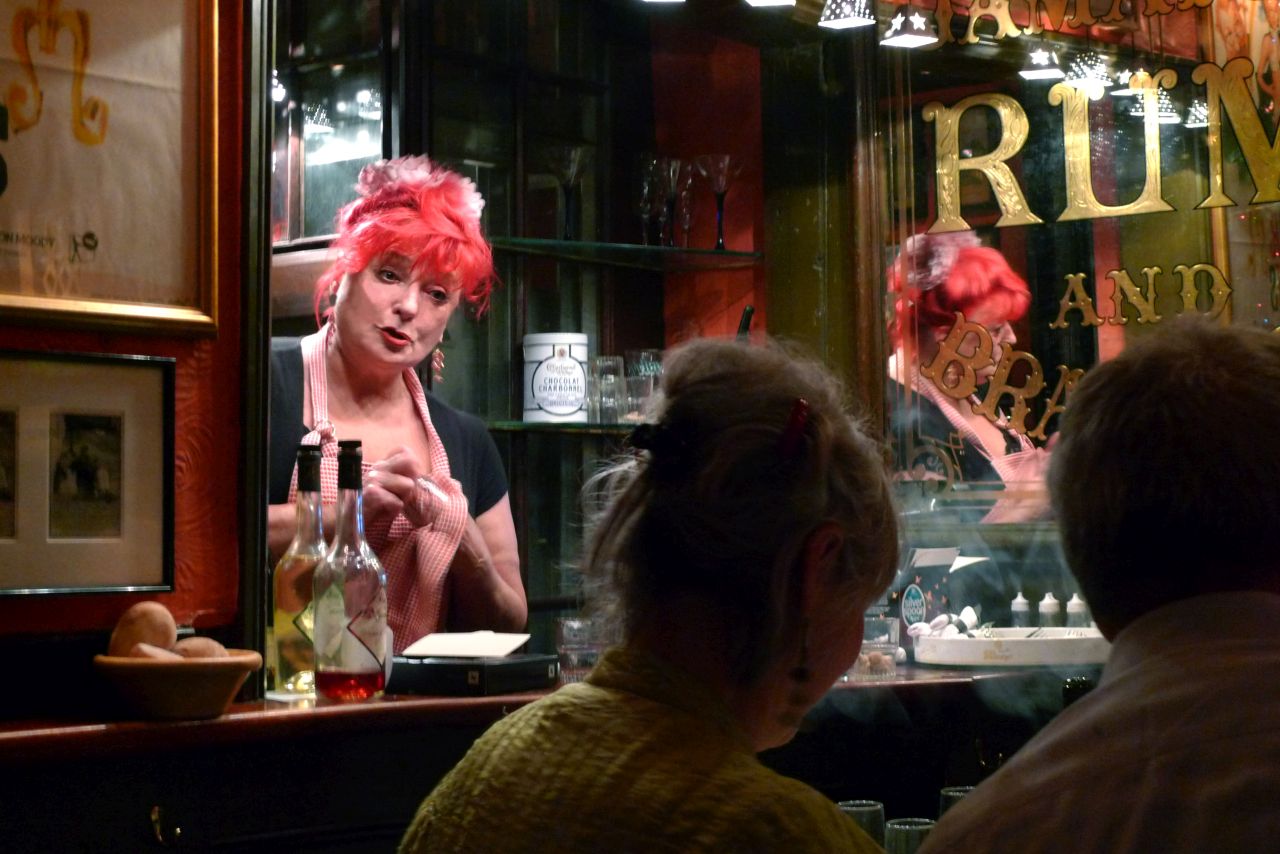
In 1985 Roxy decided that being a salonniere would make a good life, so she became a publican and restaurant manager for the J & W Nicholson division of Allied Domecq plc. She started by running The Unicorn in St James's (where she was soon cited by Fay Maschler in The Evening Standard for helping to pioneer pub food excellence), then she managed The Soho Brasserie in Old Compton Street in Soho. After 18 months there she moved a few metres further east to The Three Greyhounds at the corner of Old Compton and Greek Streets, taking over a previous tenancy as Nicholson's publican and manager. In the midst of that, she published her own cookbook of simple, popular pub food, Home From the Inn Contented (1995), which received the praise of superb chef Simon Hopkinson, among others.
In 2001, Roxy decided it was time to run her own joint. After searching for a suitable place around Soho, she and her architect husband Nathan Silver ventured afield to Holborn. There they found the shabby, inexpertly managed, often closed, and hardly noticed pub The Seven Stars, and saw its possibilities. They bought the lease.
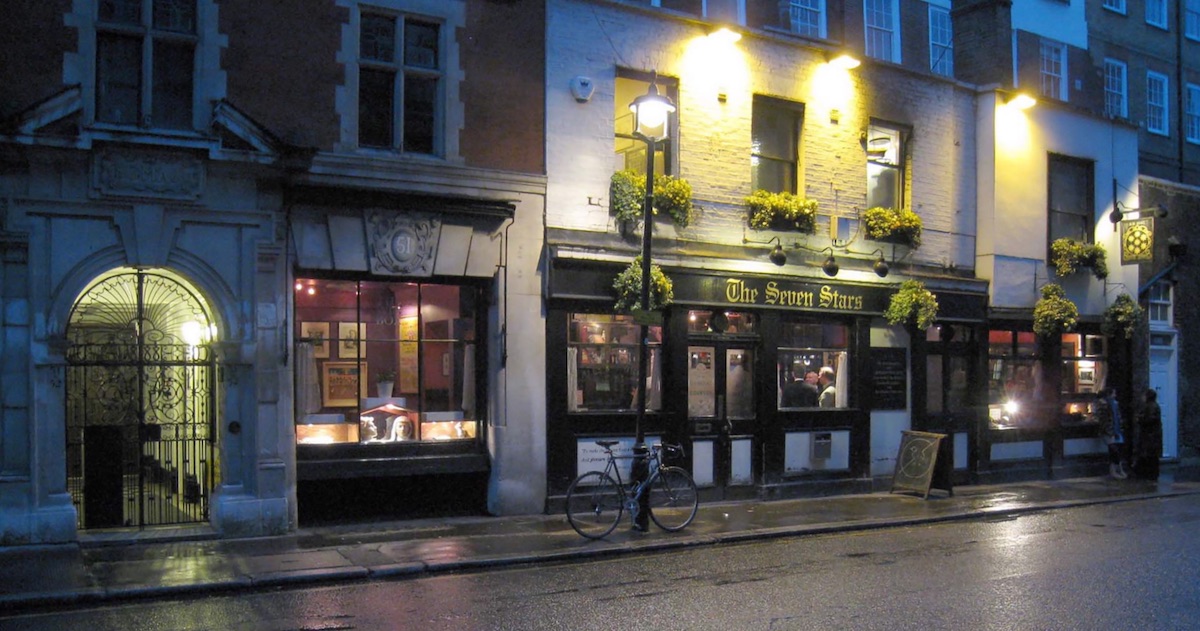
THE SEVEN STARS WITH ADDED WIG BOX, 2004
MODIFICATIONS
The pub carried on as was under Roxy's new management, remaining open while Nathan surveyed the building and made drawings with design proposals. He achieved Listed Building consent from Camden council, and then carried out extensive, though discreet, improvements: lengthening the main bar; making the stair behind it accessible to customers; creating room for tables; redesigning the upstairs kitchen and toilets; and building a dumbwaiter so food delivery didn't have to compete with customers on the steep staircase. All was achieved in time for The Seven Stars' 400th Anniversary Street Party, thrown by Roxy in 2002. In 2004, a small legal wig shop next door in Thomas More House became vacant and available. A new west wing was thus added to the pub's table space, and was called The Wig Box in recognition of its history. More recently, as the Covid lockdown was coming to an end in 2021, pavement heaters and three awnings were added to the frontage (where awnings had existed in the previous couple of centuries), to provide some sheltered space for customers in the fresh air.
APPEARANCES, WRITEUPS AND AWARDS
During Roxy's tenure at The Seven Stars, her hospitality and cooking have achieved considerable recognition. In 2003, The Seven Stars received the Time Out-Perrier London Best Pub Award, a signal honour.

In February 2006, FancyAPint listed The Seven Stars as one of "London's Top Ten Pubs." A 2006 review in On Trade, a pub industry organ, told it like this:
“We are here to be adored, not ignored,” says Roxy imperiously. “We sell fabulous beer with proper, homecooked food; and I expect my customers to appreciate both of those things.” In the current climate of customer satisfaction at all costs, her words may sound nigh on heretical. But this is a woman utterly qualified to call her own shots, and anyway – her combination of buxom presence, top class conversation, beautifully cared for ale, and sumptuous food is such a winning one that few would feel inclined to argue.
... For those who remember the London pub trade in the days before Irish themes and gastronomics took over, Roxy is something of a legend. So it is little wonder that since she took over the Seven Stars in 2001, the pub has drawn a wonderfully eclectic mix of the great, the good, and any in between who value truly good beer and the art of conversation. “Given our location, I was originally closed on Sundays,” she says, gesturing out to the quiet street in the middle of the legal district. “Saturdays, I opened simply for family, friends, and good cooking.
“But it didn’t take long for the Saturdays to become busy as well; now we are flat out all day. I began opening on a Sunday just so I got to see everyone. And now the criers and priests come in after evensong, so Sundays have a lovely feel about them.”
One thing Roxy truly values, after years of working as a manager in a larger company, is the freedom to choose her own beers and implant her own personality upon a pub. “I serve Adnams because it really is good beer,” she says. “And I usually run a couple of others.”
(Pilsner Urquell, the great historically original pilsen beer from Plzen, Czech Republic, now draws at the pub from casks.)
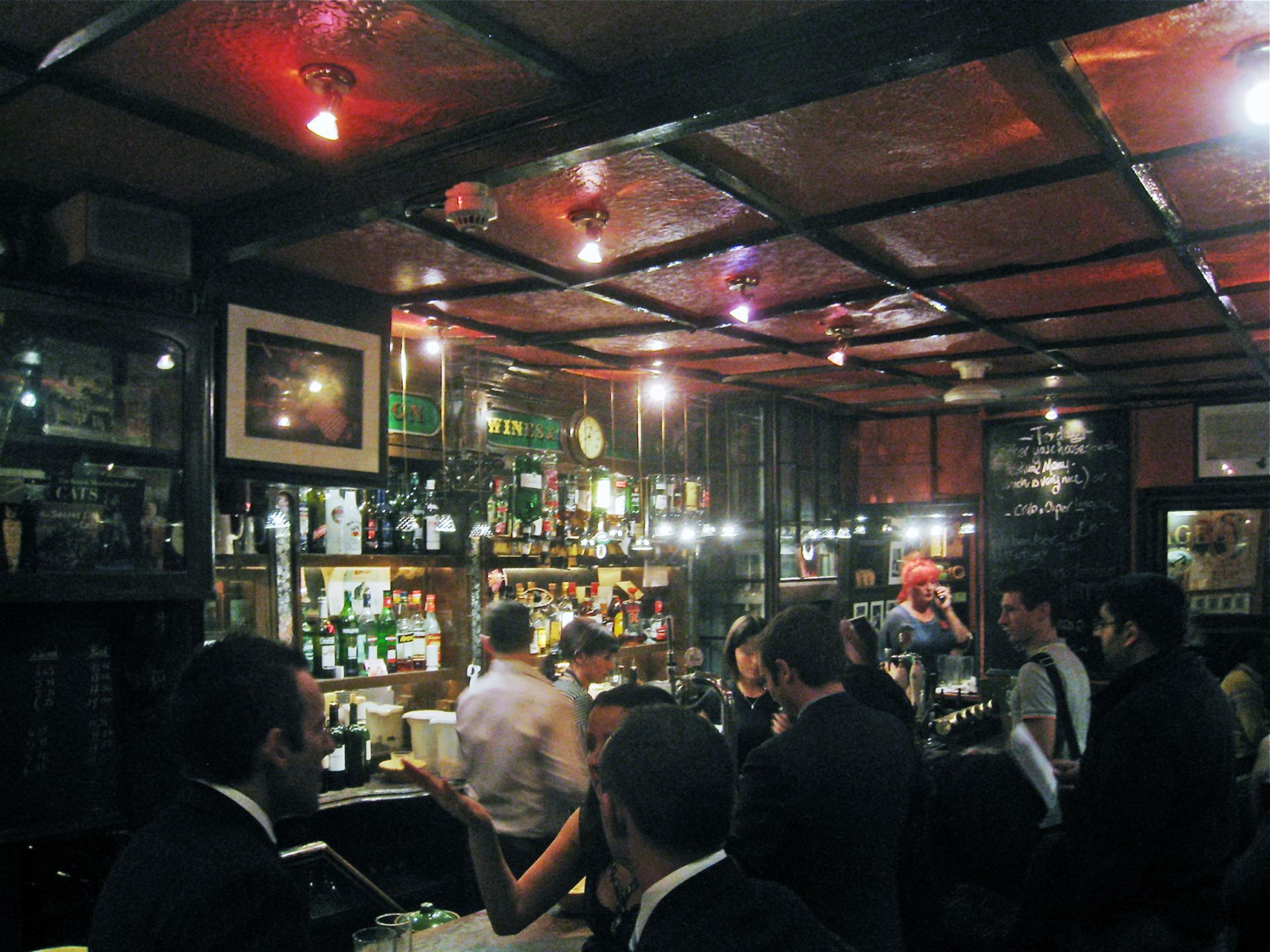
The Good Pub Guide 2007 declared The Seven Stars to be London Dining Pub of the Year, saying in the annual publication's Introduction:
The Seven Stars in Carey Street, Central London, is undeniably and proudly a proper pub, and sets a great example with its good carefully cooked equally proper food, at fair prices, served in friendly and light-hearted surroundings; The Seven Stars is London Dining Pub of the Year.
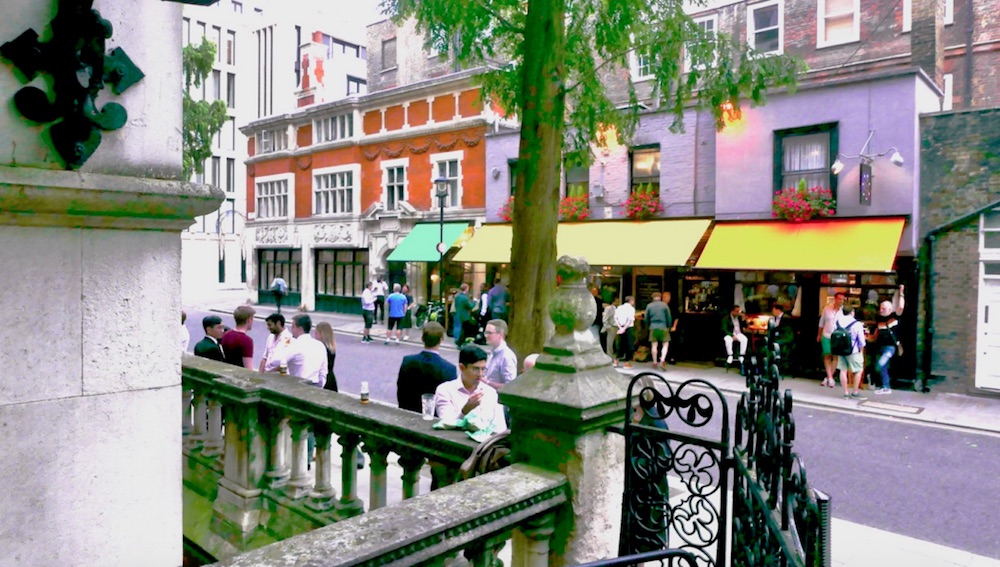
The Time Out Bars, Pubs & Clubs Guide 2008/9 had this to say:
[Landlady Roxy Beaujolais's] flagship pub goes from strength to strength. People pile down here on weekday evenings, knowing full well they'll probably be forced to drink on the pavement outside - but they don't care. It's a fantastic social hub for London characters, from eccentric lawyers to burlesque babes. If you can squeeze into the small but perfectly proportioned interior, you'll get a slice of low-rent, bohemian London: archive film posters, checked tablecloths and an antique dumb waiter bringing food down from the tiny kitchen upstairs. The grub is top-class but unpretentious; there are no extensive menus to browse, just a few words chalked on the blackboard, which invariably promise high quality. It's one of the few London pubs where you're happy to pay £6 for a large glass of burgundy because you know you aren't being ripped off; the beers are also wonderfully kept, and the house martini a must-try. It's higgledy, it's piggledy, and if you want to go to the toilet you'll have a nail-biting clamber up some rickety stairs - but at the weekend, when it's less hectic, this is one of the most perfect pubs in town.
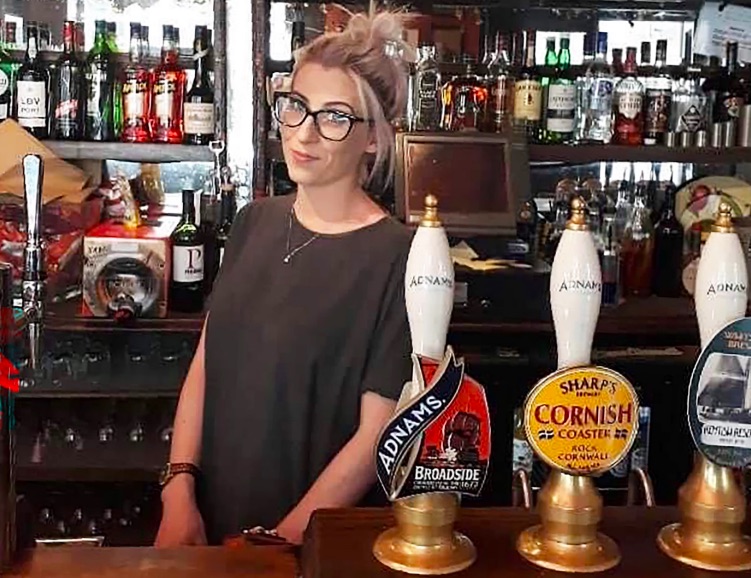
SAM KERNAN, PUB MANAGER
In The Spectator of 27 August 2011, Bruce Anderson headlined Roxy "The star of The Stars," and said of the pub:
...on a pleasant day in full term, judges and barristers spill out into Carey Street. Sometimes, it becomes an eastward extension of the bar at the Garrick. The Stars is also a rendezvous for the choirs of Westminster Abbey, the Temple Church, St Bride's and St Bartholomew the Great. They do not always feel like singing, but when they do, the results can be entrancing.
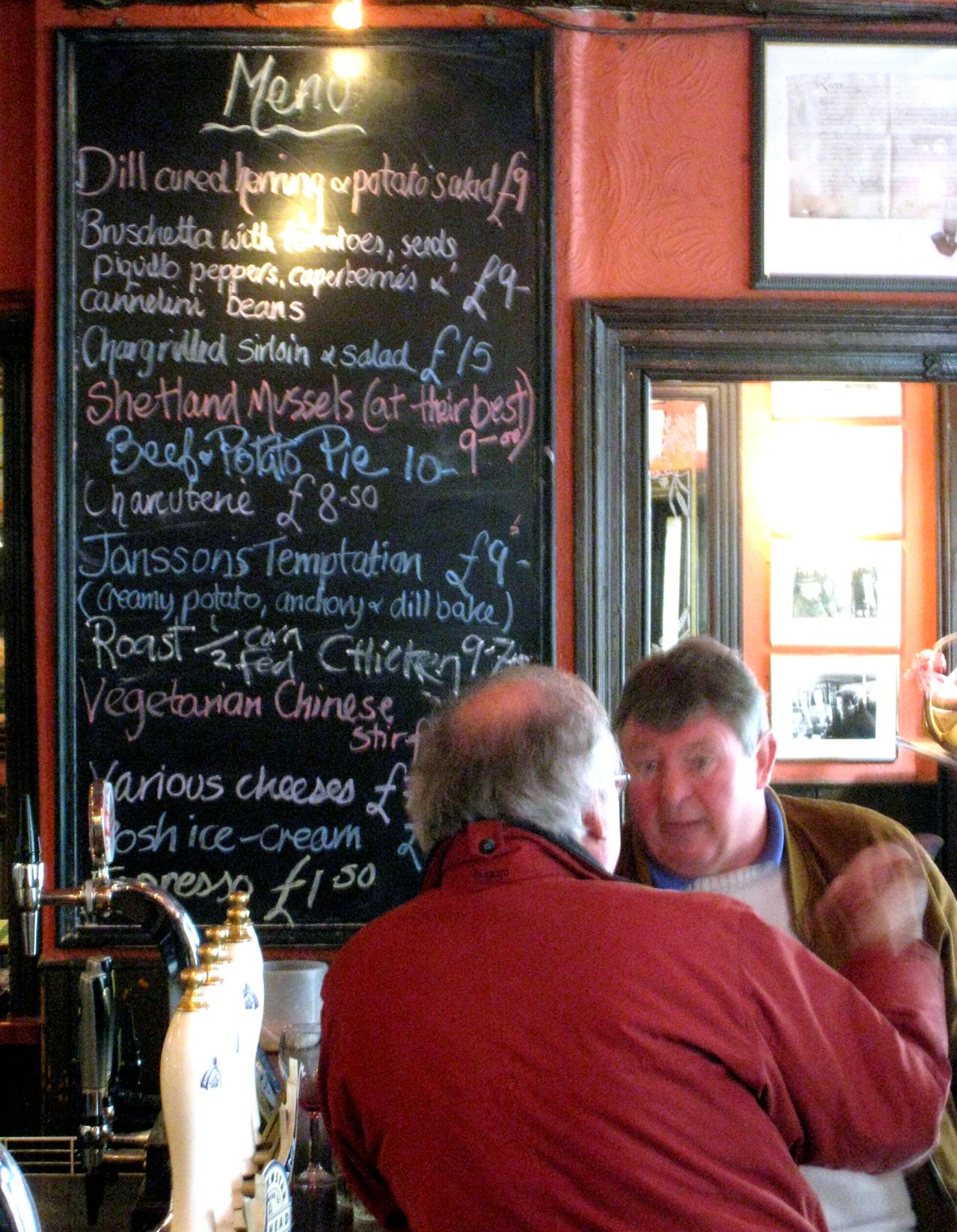
A Lonely Planet review in January 2012 quoted Roxy:
"The secret to a real London pub is clean lavs, good beer, no music, no fruit machines, and no bores. A mellow place to sit-- an elegant home from home. It's a place where people tell secrets and lies. A pub is egalitarian; anyone can come in. Until I say they can't."
Fair enough, landlady.
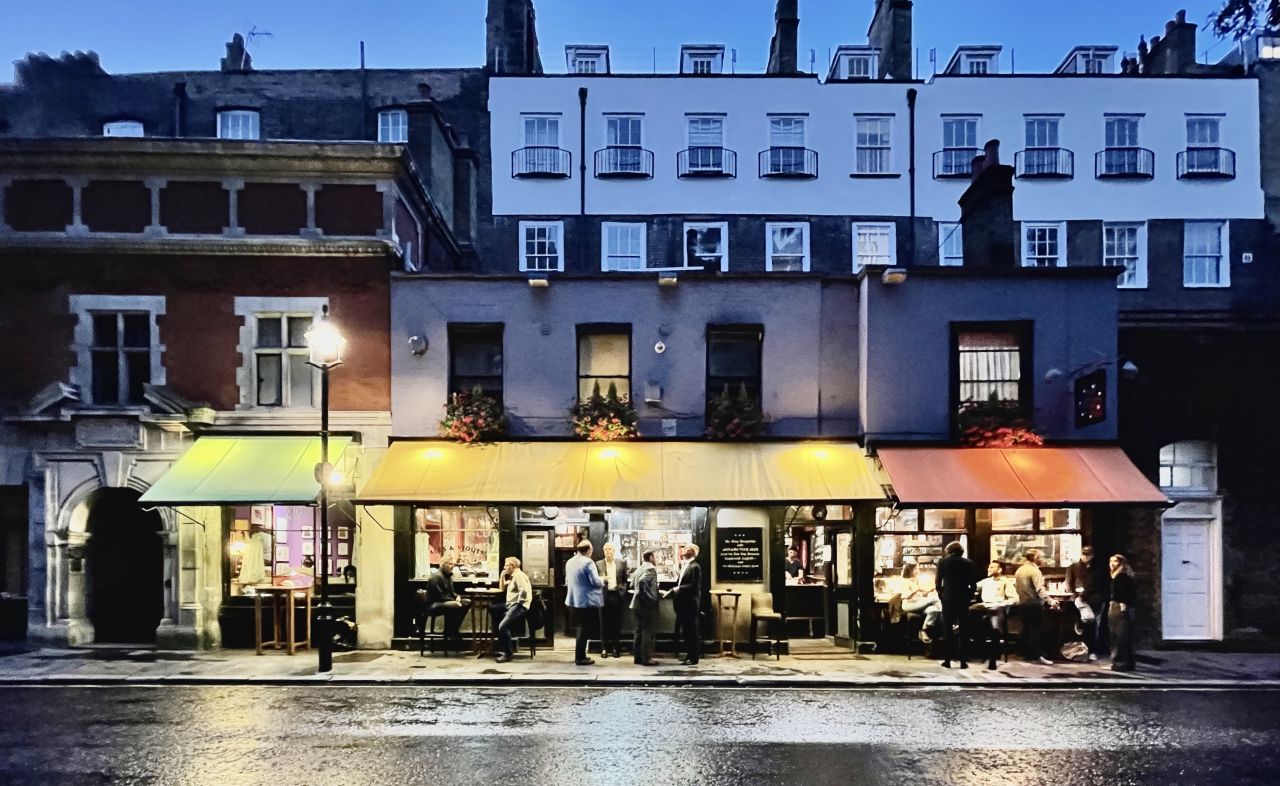
FOOTNOTES
[1] For its establishment date, see for example The London Encyclopaedia, ed. by Ben Weinreb & Christopher Hibbert, 1983. Nikolaus Pevsner’s collaborators disagree (cf. The Buildings of England, London 6: Westminster, 2003 et seq.), stating “Dated 1602 on the front, but plainly not older than New Square behind, i.e. of the 1680s” (pp. 336-337). But The Seven Stars is entirely detached from the New Square buildings and was very likely built before. The Pevsner volume also places The Seven Stars incorrectly in Westminster. It is in Camden.
[2] The federation of United Provinces, Republiek der Zeven Verenigde Provinciën (called the Dutch Republic, or The Netherlands, in Britain), consisted of seven states: Holland, Zeeland, Gelderland, Utrecht, Friesland, Overijssel and Groningen.
[3] To further dismiss the theory of the pub's later foundation along with New Square in the 1680s, it seems highly unlikely the pub would have been named The League of Seven Stars only six years or so after the Dutch had defeated England in their third rivalrous war. If its establishment was 1602, on the other hand, the three Anglo-Dutch wars coming later in the 17th century provide a plausible explanation about why the original “The League of” in the pub’s name was dropped. The Dutch reference would have been commercially debilitating, so it just became “The Seven Stars.”
[4] The fire’s western extent was Fetter Lane, about 280 meters from The Seven Stars.
[5] ...Which is where the regard in which her hospitality was held by actors led her to rashly declare that she might have the talent to be onstage, a profession-ignoring solecism never forgiven by Sara Kestelman.
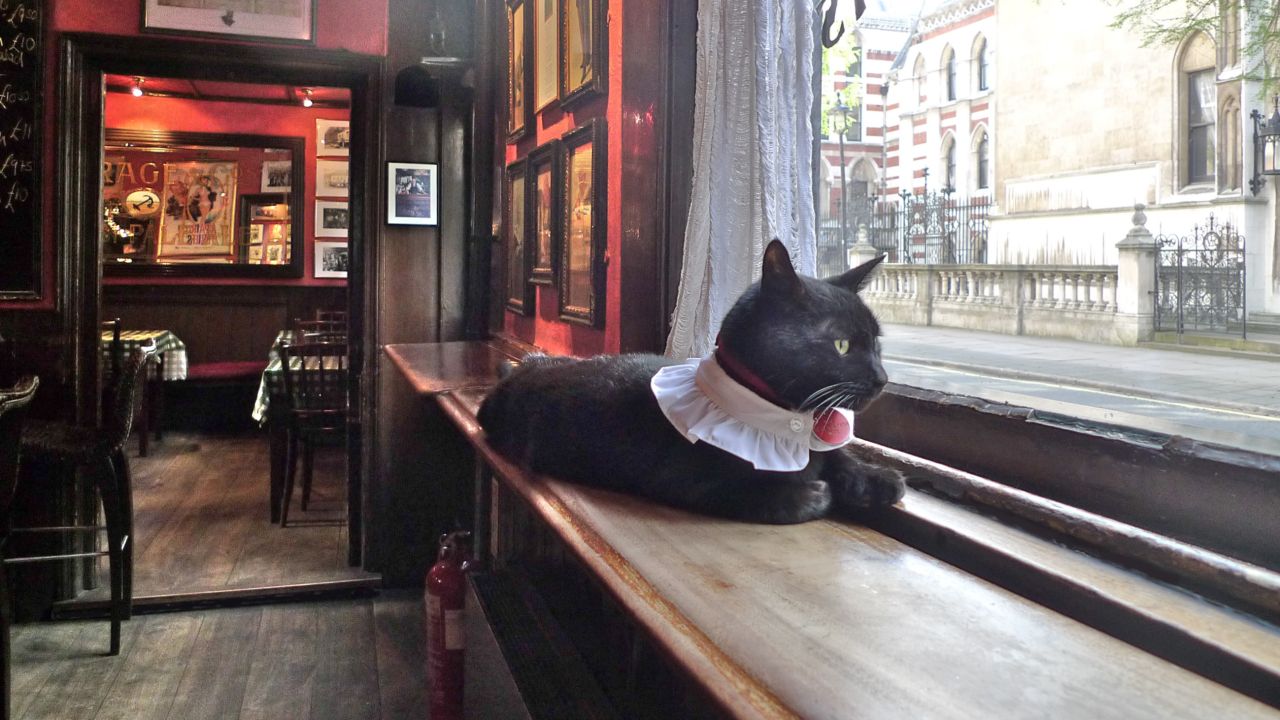
TOM PAINE OF THE SEVEN STARS, 2002 - 2012
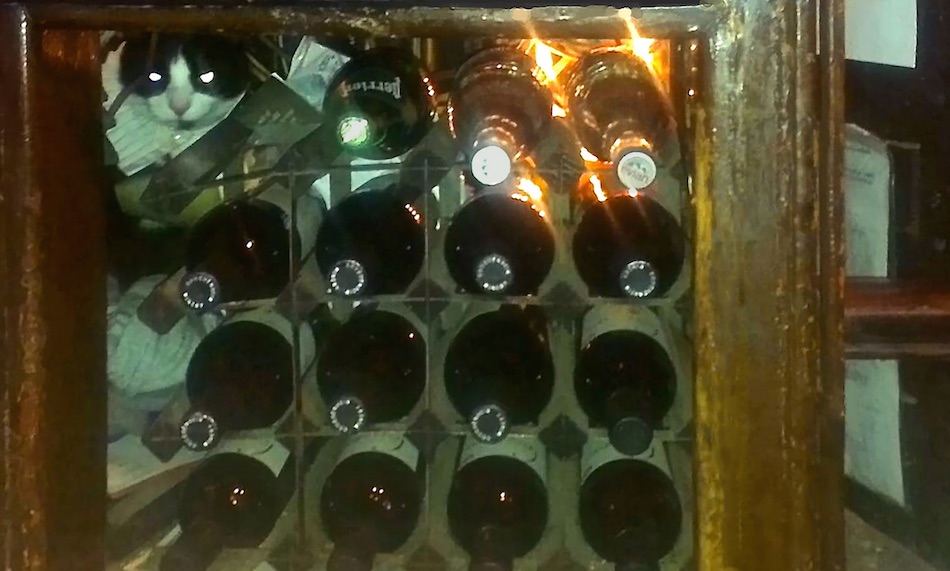
RAY BROWN, 2012 - 2014, MANAGING THE RED WINE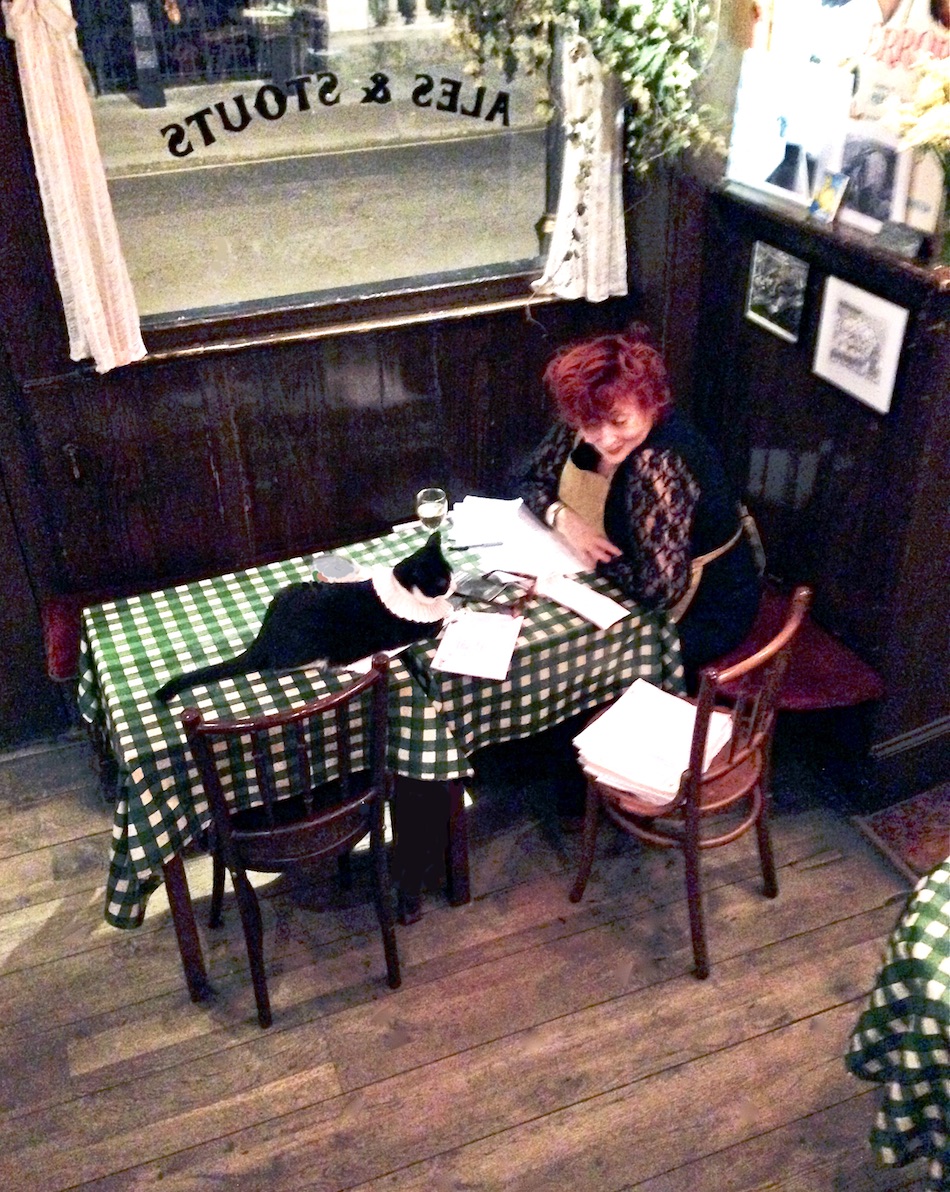
PEABODY, 2016 - 2019, HELPING ROXY WITH ACCOUNTS. NAMED AFTER GEORGE PEABODY, FOUNDER OF THE ESTATES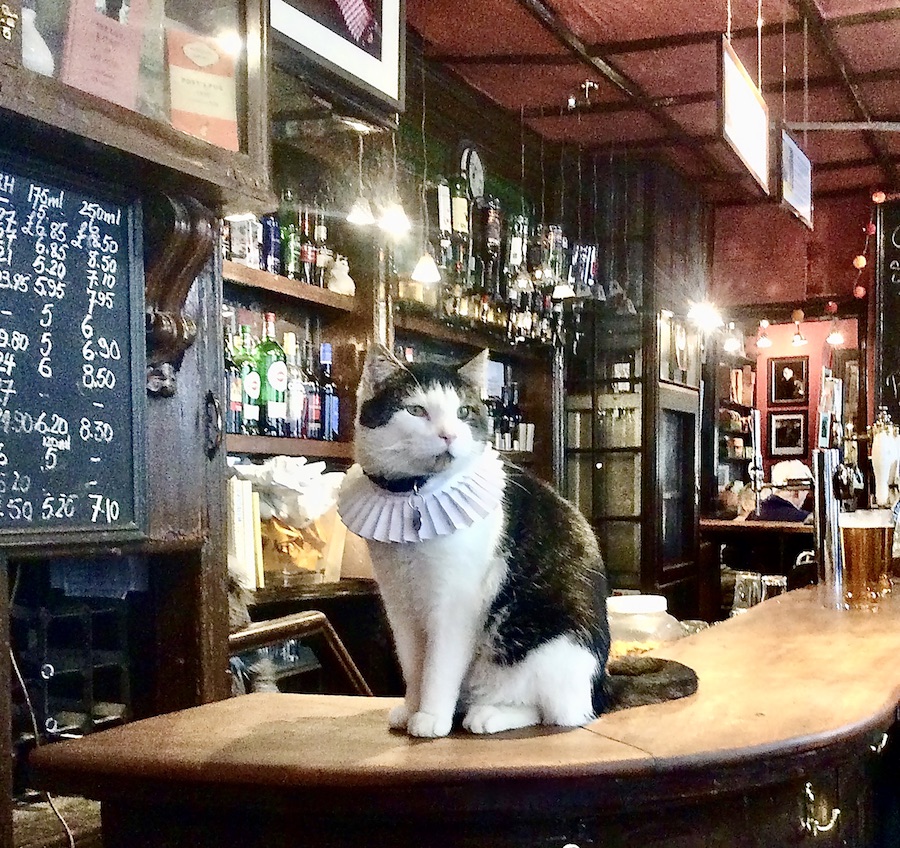
CLEMENT ATTLEE, FROM 2018 UNTIL THE 2020 FURLOUGH, NOW RESIDING WITH SAM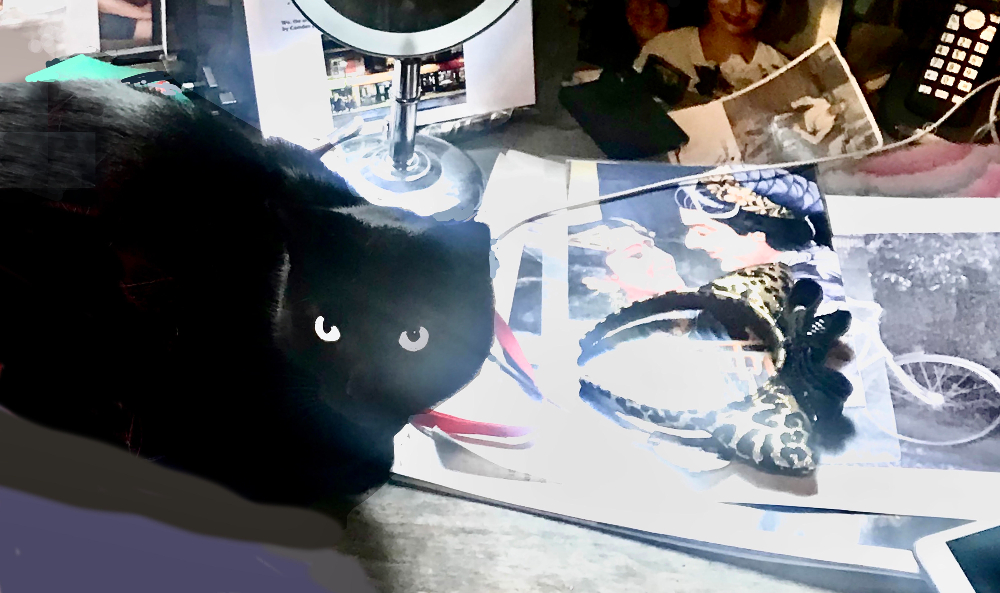
THE GENERAL, INCUMBENT AT THE PUB SINCE SEPTEMBER 2021
The Quark template fully uses LESS language for generating the CSS files of the template. Thanks to the built-in LESS parser you can forget about additional LESS compilers - if you enable the template built in compiler then after every change in the template less files you will get new css files.
The LESS language features are described in the official documentation page.
Please remember that if you decide to modify the *.css files you shouldn't enable the LESS parser - after enabling it you will lose your CSS changes - it will be overwriten by the code based on the not modified *.less files.
The LESS compiler can be enabled under the template advanced settings:
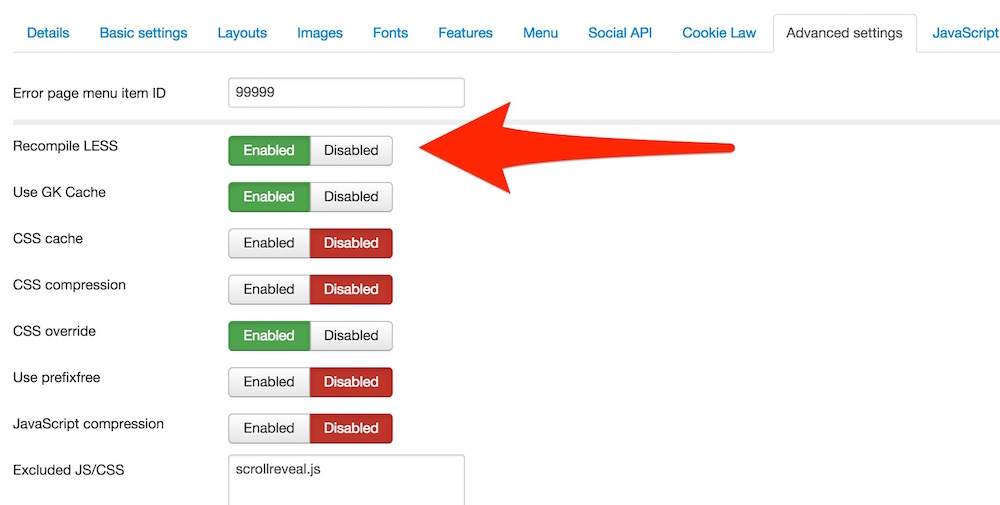
Please remember that the LESS parser should be enabled only while you are editing your LESS files - it needs relatively big amount of server resources and will cause slower page loading time. That's why please remember to disable the LESS compiler after finishing the *.less files modifications.
The LESS files are located under the less directory. Most of the files are loaded inside the main.less file which transform into the template.css file. Thanks to that we have limited amount of the CSS files request while you still have separate files like template.less, gk.stuff.less, k2.less etc.
The most important feature is fact that you can change easily the template colors and font-sizes using one file - variables.less. This file contains a variables with basic colors and font-sizes used inside the template CSS code. By changing one variable i.e. @primary_color, you can change the whole template colors.
